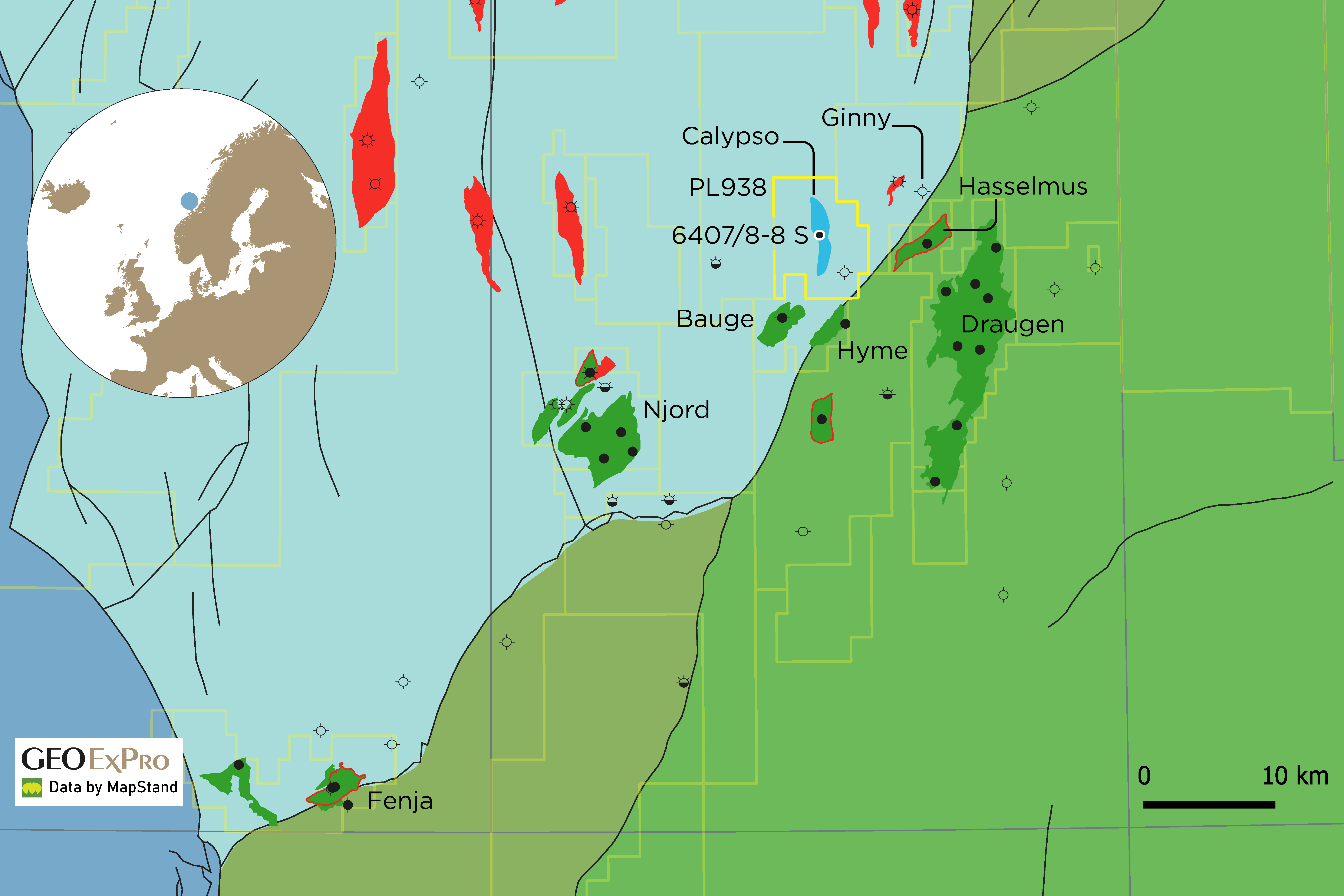At first glance, when looking at NPD Factmaps, it seems that well 35/9-16S – which is operated by Neptune Energy in PL153 – is targeting a closure that was already discovered in 1997 by Norsk Hydro through drilling 35/9-3. On that basis, the well would rather be an appraisal than an exploration attempt.
However, on a map we published last year – a map that was kindly provided to us by Neptune – it is apparent that the newly mapped outline of the Hamlet prospect is different from the one at the NPD website. And this new outline does not include the 35/9-3 discovery well any longer. Therefore, well 35/9-16S must be seen as an exploration rather than an appraisal well.

This is also in line with a comment on the 35/9-3 discovery on NPD’s Factpages: “The discovery may relate to an accumulation within a small structural closure at this level.” Combined with the observation that pressure drawdown from the reservoir sands suggested barriers in the vicinity of the well, it is likely that 35/9-3 only forms a small isolated accumulation.
A seismic section published by Ole Martinsen et al. (2005) runs through well 35/9-3 in an E-W direction and nicely illustrates the intra-basinal high the well targeted. Well 35/9-16S is most likely being drilled in a similar geological setting a little further south.

As shown on the map, the Hamlet prospect is situated in a core area for Neptune and is only a stone’s throw away from their Duva and Gjøa developments. Duva also produces from the Lower Cretaceous Agat Formation. Although reservoir architecture is complex, Neptune managed to get Duva onstream from in five year from the moment the field was discovered.
HENK KOMBRINK





